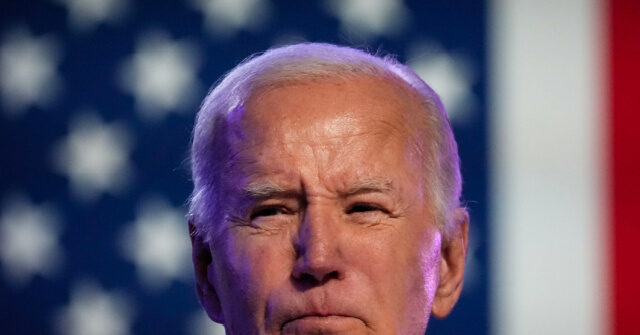A crucial indicator of inflation in the United States has revealed that prices continued to rise in December, indicating that the brief respite from the upward trend observed in the previous month was short-lived.
The personal consumption expenditure (PCE) price index increased by 0.2 percent compared to the previous month, aligning with expectations and marking an improvement from the negative 0.1 percent recorded in November. This represents the most significant month-to-month surge in the PCE price index since September.
The core rate of PCE inflation, excluding food and energy costs, also rose by 0.2 percent, matching the consensus forecast and slightly surpassing the 0.1 percent uptick seen in November. This constitutes the most substantial increase since September.

In comparison to the same period a year ago, the PCE gauge indicates an overall price increase of 2.6 percent, identical to the figure reported for November. Meanwhile, the core prices gauge has risen by 2.9 percent over the past 12 months, marking the first instance in nearly three years where it has experienced an annual increase of less than three percent.
The Federal Reserve relies on the PCE price index for its target of achieving two percent inflation. Since March 2021, the inflation rate has consistently exceeded the Fed’s target, signifying that prices are escalating more rapidly than deemed appropriate for a robust economy.
During their December meeting, Fed officials projected that year-over-year inflation would decrease to 2.4 percent by the end of the current year, with core inflation also anticipated to decline to 2.4 percent. According to their forecasts, prices are not expected to return to the target until 2026.
A reduction in inflation implies a deceleration in the rate of price increases rather than a complete reversal of past increments. Fed officials term this as “disinflation,” as a complete reversal of prices is uncommon and typically not sustained unless there is a severe economic downturn.
Although inflation has significantly decreased since the PCE price index peaked at 7.1 percent in June 2022, progress in bringing down inflation has been slower than initially anticipated by Fed officials. While inflation declined from January to June in each month except April, progress stagnated from June through September. Since October, year-over-year inflation has decreased every month.
When examining the past year on a month-to-month basis, progress has been uneven, with inflation increasing in as many months as it fell. Nevertheless, the overall trajectory has led to a reduction in inflation from the 0.6 percent monthly increase in January 2023 to December’s 0.2 percent.
If the economy were to sustain the rate of inflation observed in December throughout the coming year, inflation would hover around 2.1 percent, slightly above the Fed’s target. Some economists prefer to assess an annualized version of inflation over the past three months, which stood at 1.5 percent in December. The six-month annualized inflation rate is calculated at 1.9 percent.


